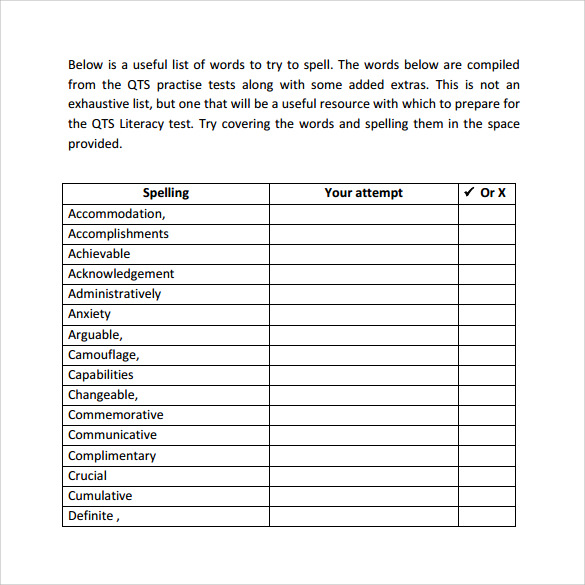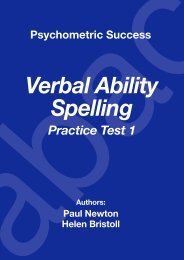

Which ones weren’t the pupils getting? Why? Is their knowledge of phonemes secure? Can they sound out efficiently but don’t seem to be blending? Observations in one-to-one testing can be as useful as the results. The standard Year 1 phonics screening check can be used diagnostically if you’re savvy. Each website also has information and resources for informal assessments. If you want advice on the level pupils should be achieving for their language skills, download speech, language and communication needs (SLCN) checklists from charities such as I CAN, Afasic, The Communication Trust and Talking Point.

Alongside the Renfrew, this could identify difficulties that may highlight the need for a speech and language referral. The British Picture Vocabulary Scale (BPVS) is an excellent assessment of a child’s receptive language. It must be carried out in a one-to-one environment and is aimed at children aged 3-8. It’s an action picture test where the pupil describes a picture in one sentence. The Renfrew Language Scales assessment can be useful if you have concerns about an expressive language impairment. Here is a list of tests you may wish to investigate further with a mind to purchasing. But we know that other skills affect students with Send, such as speed of processing and working memory.

Literacy and language assessments are vital, of course: these underpin education and pupils’ ability to access a curriculum. Just knowing where these discrepancies are might be sufficient for your purposes, or the results may prompt you to make a referral to an external specialist. They are a good tool in the assessment process as they often reveal discrepancies between actual and expected progress among your special educational needs and disabilities (Send) students. Standardised tests do not relate to a school cohort but are measured against a large, nationally represented population, and rigorously reviewed to ensure they are valid and reliable. Once you’ve scrutinised this data, you can begin deciding what additional information is required. Other logs such as behaviour and history should also be used to build a holistic profile of the learner. Teacher assessment is obviously useful and can often be the first indicator that a child is not making expected progress.

The literacy co-ordinator is also likely to have posted spelling and reading scores on your school’s management information system. Cognitive Abilities Test (CAT) scores are often available. To minimise the number of tests you need to carry out, use as much whole-school data as possible. Before you call in an external specialist such as an educational psychologist, you may want to start in-house. But the array of possible assessments can be overwhelming. Special educational needs and disabilities coordinators (Sendcos) need to be able to monitor their students’ progress.


 0 kommentar(er)
0 kommentar(er)
